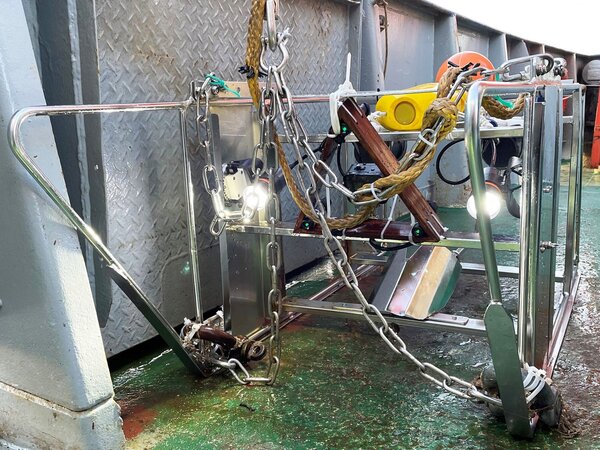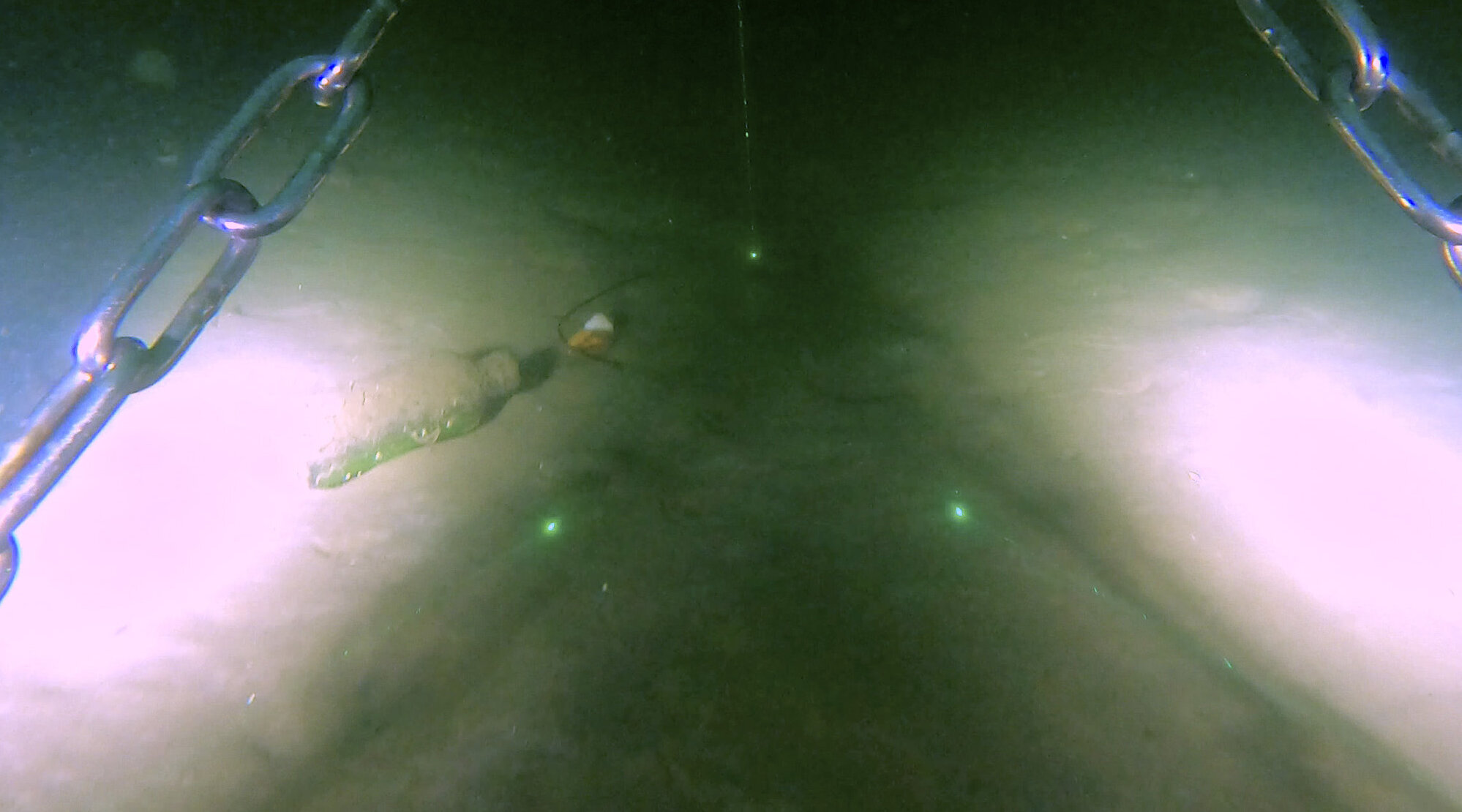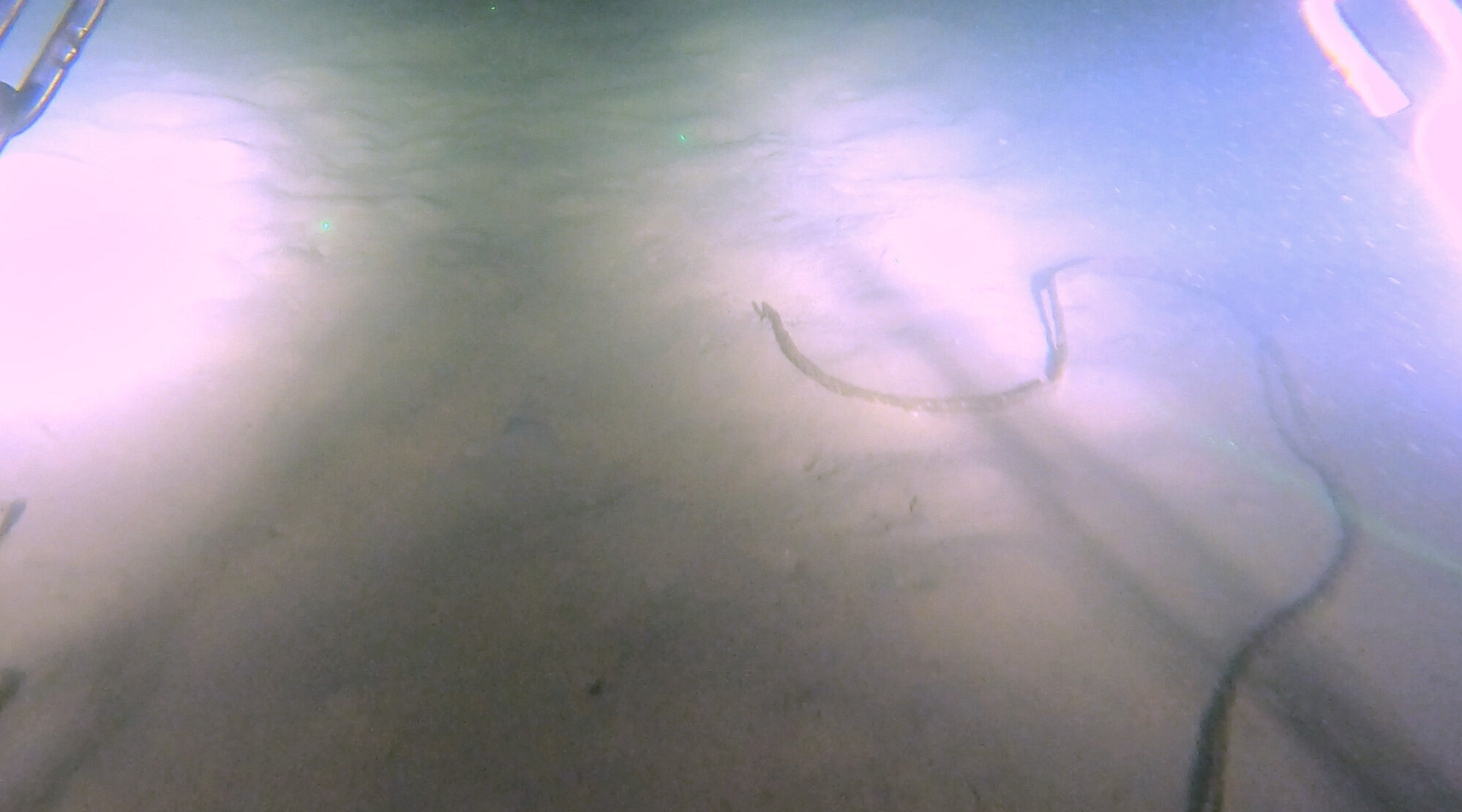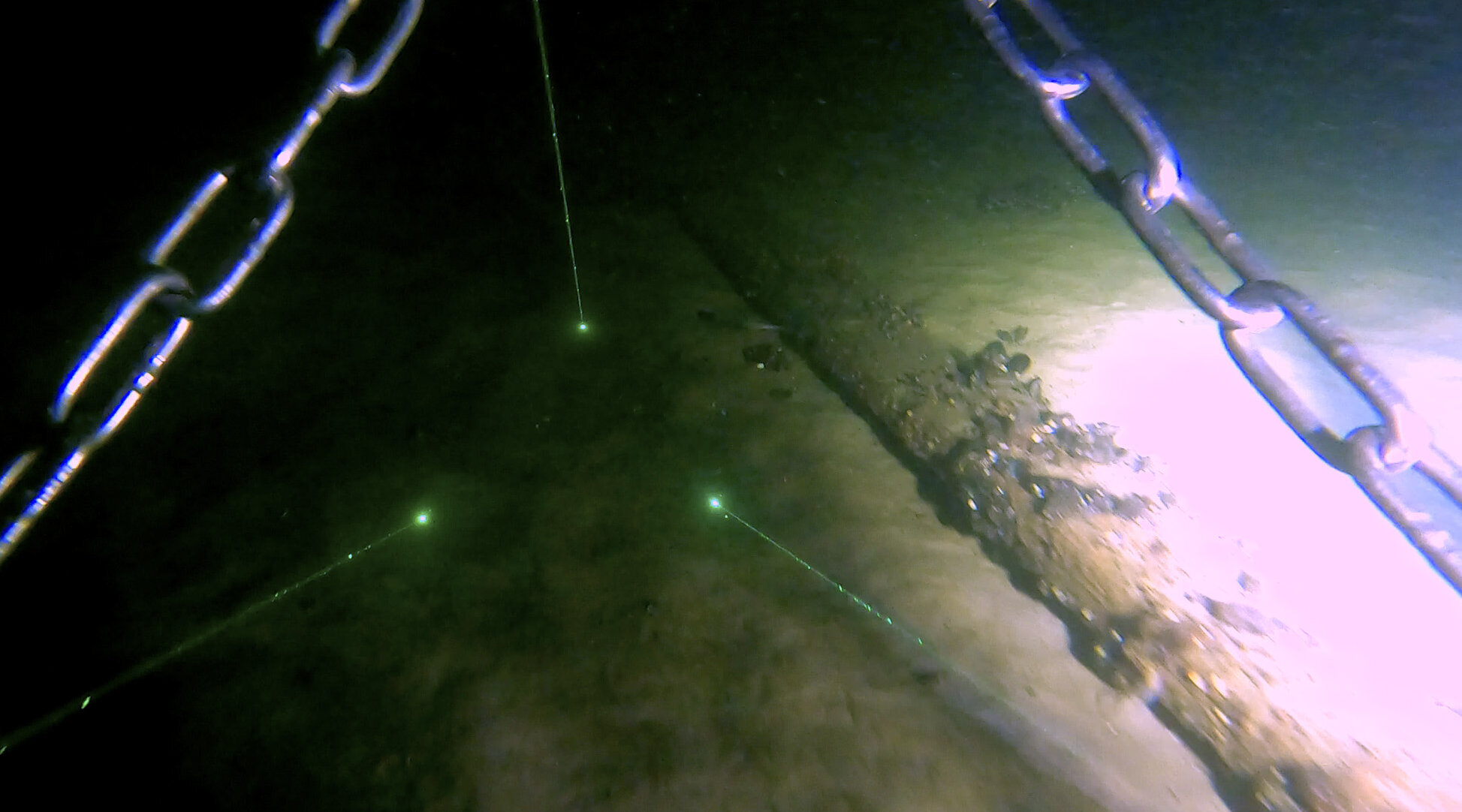Expertise
Sledging at the bottom of the sea
Pedro Nogueira | 26.07.2023
The amount of waste in the oceans - especially plastic - has steadily increased in recent decades. However, the data situation on the spatial distribution of marine litter on the seabed is unsatisfactory. A new epibenthic video sledge developed at the Thünen Institute should make it possible to arrive at more valid assessments.
As a result of the modern throwaway society, the amounts of waste accumulating in the oceans - especially plastic - have steadily increased in recent decades and will continue to rise according to model predictions. Although marine litter is a global challenge, it is not known where 99% of litter remains in the ocean. Globally, there is little data on the spatial distribution of marine litter on the seabed. Most of these are by-products of other monitoring programmes, such as fisheries data collection with traditional fishing gear. Here, marine litter caught with nets is counted and classified into categories defined by ICES according to its composition.
The use of trawls for marine litter monitoring has the advantage of being cost-effective and well-established. However, the disadvantage is that trawls were not designed for marine litter and a wide variety of nets are used in fisheries. This makes a direct comparison of results difficult. In addition, the use of bottom trawls is invasive and damages the seabed. In the search for a less invasive method, an epibenthic video sledge was developed and successfully used during a cruise on the research vessel Walther Herwig III in December 2022.
Standardised video analyses
The new device comes from a collaboration between the Thünen Institutes of Baltic Sea Fisheries, Sea Fisheries and Fisheries Ecology. It is 160 cm long, 76 cm wide and 67 cm high. The system consists of a compact video camera at the front of the sledge, two spotlights for the necessary light and three laser pointers arranged in a triangle for size reference. A pressure sensor collects information on depth. The result is an intuitive and easy-to-use device that can be used universally. Moreover, low costs make it possible to use this method in countries with limited resources.
The method involves towing the video sledge on the seabed behind the research vessel at low speed for one hour. The videos are then quantified and classified by two observers. In this way, the amount of marine litter in the test areas was estimated: initial results show that in the North Sea and Baltic Sea there are roughly between 210 and 830 pieces of litter per km2 on the seabed. The comparison of this visual method with the results of bottom trawls in the same reference areas, showed that the new values are between 2 and 169 times higher. This discrepancy can be explained by the low catch efficiency of fishing gears for marine litter. Similar results with visual methods on the Norwegian coast, in the Mediterranean Sea and on the Portuguese Atlantic coast support this findings.
More applications possible
The use of the epibenthic video sledge is not limited to marine litter data collection. The Thünen Institute of Sea Fisheries has used footage recorded by the video sledge to determine the variability and abundance of marine animals in the Dogger Bank Ecological Reserve. The results are promising and underline the value of interdisciplinary and inter-institutional cooperation.
Service zum Download
The original article in "Science of The Total Environment" (2023): Visual quantification and identification of shallow seafloor marine litter in the southernmost North and Baltic seas using an epibenthic video sledge (EVS) – A comparison to bottom trawl data.
DOI:10.1016/j.scitotenv.2023.164633










